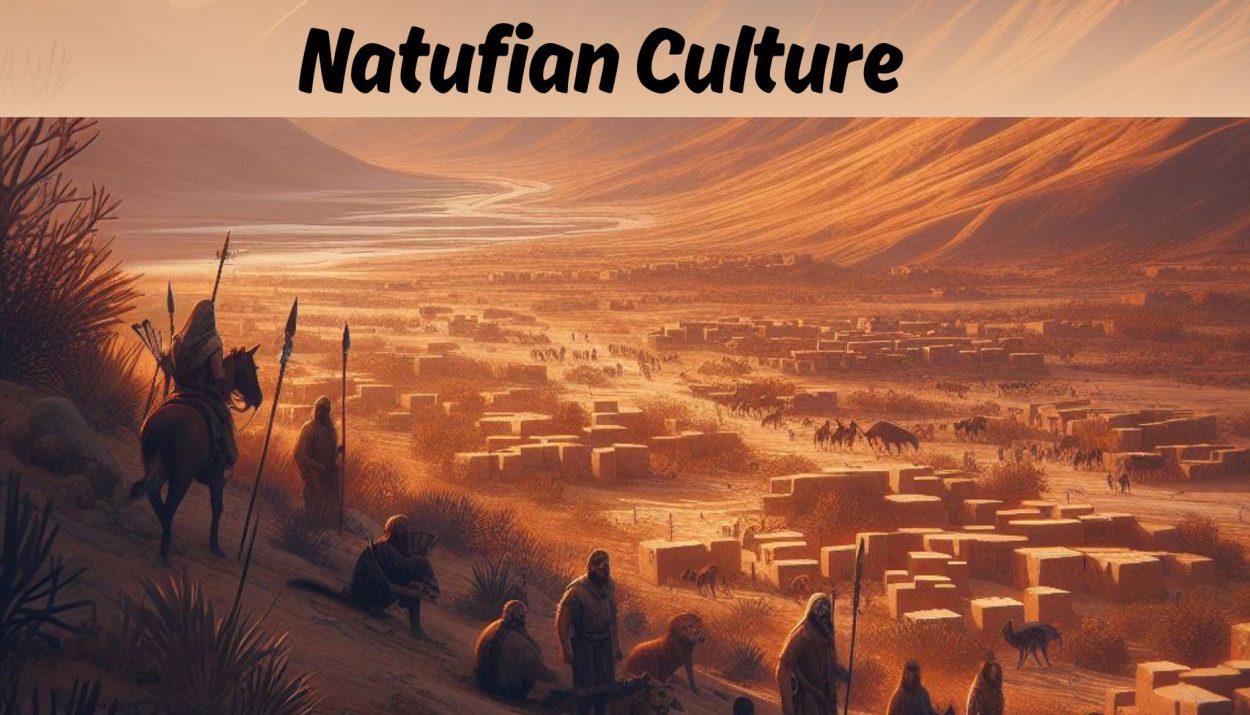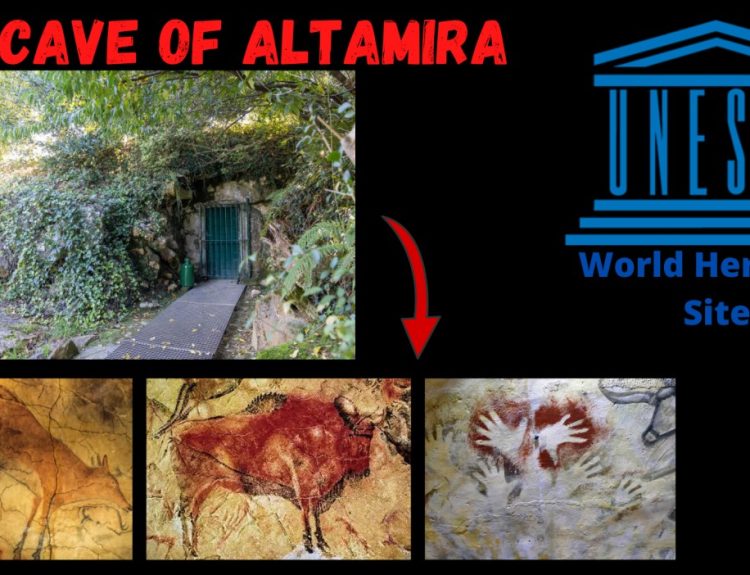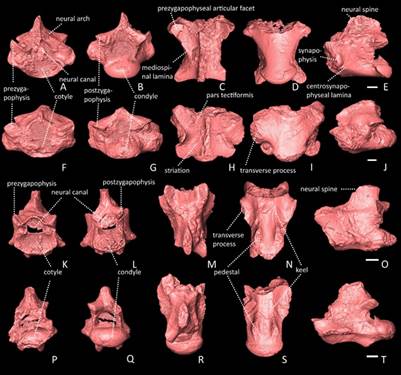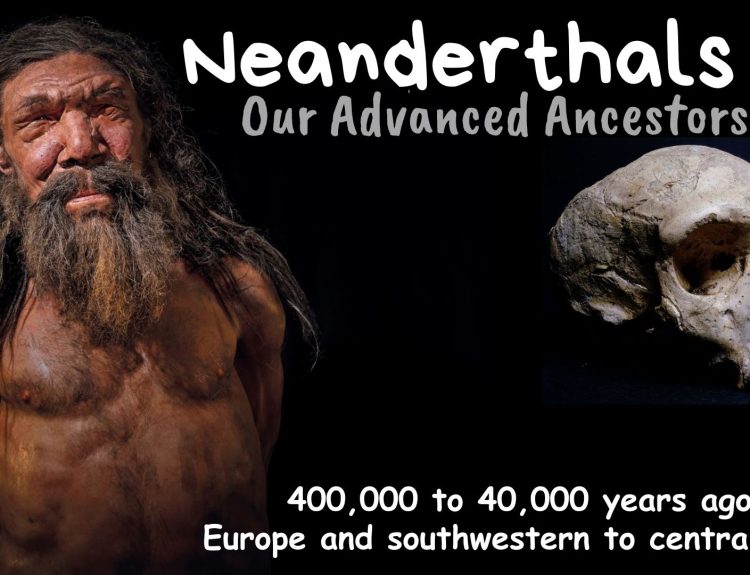The Natufian culture, an Epipalaeolithic industry, stands as a captivating chapter in the history of human civilization, offering insights into the lives of ancient societies that thrived in the Middle East approximately 11,500 to 15,000 years ago. This article delves into the intriguing aspects of Natufian culture, exploring their lifestyle, technological innovations, and the profound impact they had on the trajectory of early human civilizations.
Garrod (1928) initially identified the Natufian culture while excavating Shukbah Cave in Samaria and El-Wad at Mt Carmel. Since the 1930s, numerous Natufian sites have been documented across the Mediterranean Hills, the Jordan Valley, the Negev desert, and the Jordanian Plateau.
The Natufian culture underwent significant transformations in subsistence, settlement, technology, social structure, and ritual practices, marking a pivotal shift from Epipaleolithic hunter-gatherer societies to Neolithic agricultural communities.
The Natufian Way of Life
The Natufians were primarily hunter-gatherers, navigating the landscape of what is now the Middle East, encompassing regions like modern-day Israel, Jordan, Lebanon, and Syria. Unlike nomadic tribes, the Natufians exhibited a semi-sedentary lifestyle, establishing settlements with semi-subterranean dwellings. These structures, composed of stone and mud bricks, reflect a level of architectural sophistication previously unseen in ancient cultures. The stone-built architecture was present at certain Natufian sites, with Ain Mallaha as an illustration of round stone structures.

Archaeological evidence suggests that the Natufians had a diverse diet, relying on a variety of plants and animals. Their ability to exploit the rich resources of the environment allowed for the development of complex social structures and the emergence of communal living.
A systematic gathering of grains and the crafting of small sickle tools for harvesting, along with the organized collection of not only large mammals like gazelles and oryx but also small mammals and fish, marked the Natufian people as early sedentary hunter-gatherers. They inhabited permanent or semi-permanent settlements and engaged in long-distance trade, signalling a transition from small nomadic hunter-gatherer groups to fully settled communities. The Natufian era provides valuable insights into the lifestyles of some of the last sedentary hunter-gatherers in this region.
Technological Advancements
One of the remarkable aspects of Natufian culture is their technological prowess, evident in the tools and artefacts discovered at archaeological sites. Stone tools, including blades and sickle blades made from local flint, reveal a high level of craftsmanship. They utilized flint sickles with straight bone handles for harvesting grain. Additionally, they employed stone mortars and pestles for grinding the harvested grain. The Natufian bone craft industry demonstrated considerable advancement, encompassing the production of fishing hooks, harpoons, awls, needles, and pendants.
The Natufians also engaged in the art of microlithic technology, creating small, finely crafted stone tools. These microliths served various purposes, such as hunting, woodworking, and possibly even rituals. The precision and sophistication of Natufian tools highlight a significant step forward in human technological evolution.

The Agricultural Transition
While the Natufians were predominantly hunter-gatherers, their settlements and technological advancements laid the groundwork for the agricultural revolution that would follow. Excavations at sites like Abu Hureyra in present-day Syria have provided evidence of early plant cultivation, indicating a gradual shift towards agriculture. The Southern Levant in the Mediterranean region abounded in food plants such as cereals, pulses, and nuts. Regrettably, the scarcity of botanical evidence at Natufian sites is attributed to inadequate preservation conditions.
The Natufians’ understanding of the local flora and fauna, coupled with their ability to manipulate the environment, set the stage for the domestication of plants and animals. This transition marked a pivotal moment in human history, leading to the establishment of permanent settlements and the eventual development of complex agricultural societies.
Cultural Evolution and Social Organization
Natufian culture was not only marked by technological innovations but also by a complex social structure. Evidence suggests that these ancient communities engaged in communal activities, sharing resources and collaborating on various tasks. The construction of communal structures and shared food storage facilities underscores the cooperative nature of Natufian societies.

Burial practices included interring the deceased with their ornaments in designated cemeteries. Notably, the archaeological record reveals the presence of intricately carved bone and stone artwork associated with the Natufian culture. These aspects of their society suggest a nuanced understanding of the world and may have laid the groundwork for the religious and symbolic elements that became integral to later civilizations.
In Israel, at the Natufian site of Ain Mallaha, dating back to 12,000 BC, archaeologists discovered the co-burial of an elderly individual and a four-to-five-month-old puppy. Additionally, at another Natufian site, the cave of Hayonim, human remains were found interred alongside two canids.
Legacy of the Natufians
The Natufians’ influence on subsequent human civilizations cannot be overstated. Their semi-sedentary lifestyle, advanced tool-making techniques, and early experiments with agriculture set the stage for the profound changes that shaped the course of human history. As the Natufians gradually transitioned from hunter-gatherer to agrarian societies, they laid the foundation for the emergence of some of the world’s earliest urban centres.
Archaeologists and anthropologists recognize the Natufians as key contributors to our understanding of the emergence of agriculture. Their lifestyles, social structures, and the management of time and space reveal the foundations that predated the development of plant and animal domestication. The Natufian people’s experiences shed light on the intricate knowledge hunter-gatherers possessed for thousands of years before the advent of widespread agriculture.
Moreover, the Natufian legacy extends to our understanding of cultural evolution and the adaptive strategies that allowed human societies to thrive in diverse environments. The lessons learned from Natufian culture contribute to ongoing discussions in archaeology and anthropology, shedding light on the intricate web of factors that propelled humanity from ancient nomadism to settled civilization.
Conclusion
The Natufian culture stands as a testament to the resilience and adaptability of early human societies. From their semi-sedentary lifestyle and technological innovations to their role in the agricultural transition, the Natufians played a crucial part in shaping the trajectory of human civilization. As we continue to unearth the remnants of their ancient settlements, the Natufians offer us a glimpse into a pivotal period in human history, challenging our understanding of cultural evolution and the remarkable journey from hunter-gatherer to agricultural societies.
References
The Natufian Culture The Harbinger of Food-Producing Societies
The Natufian Culture in the Levant, Threshold to the Origins of Agriculture







